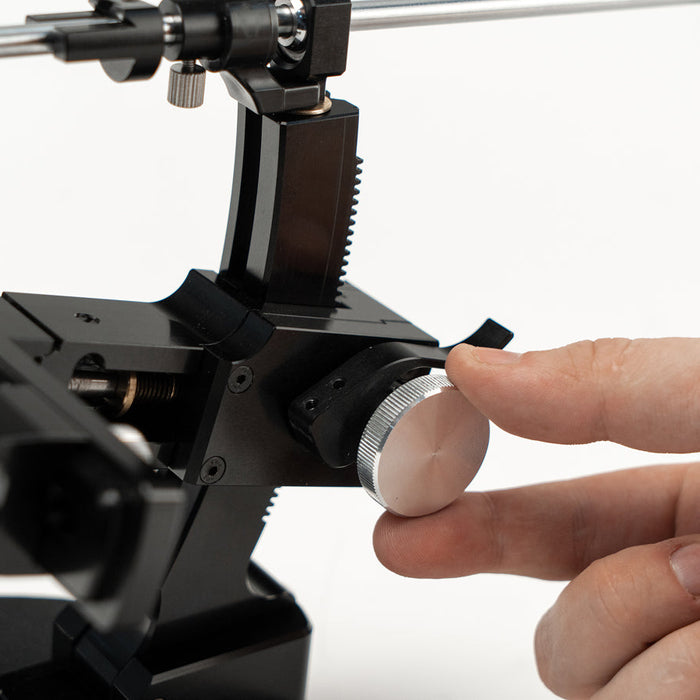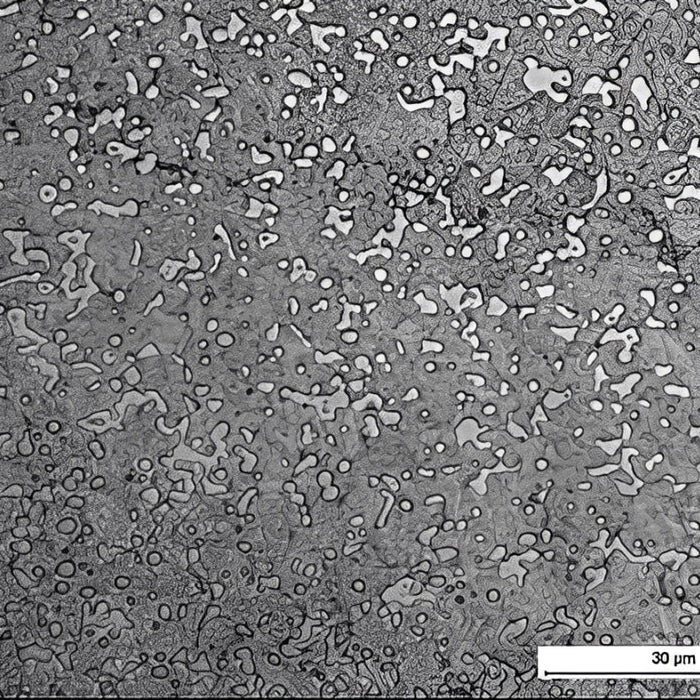Sometimes you need to hone the cutting edge of your knife and you do not have a sharpening rod or a knife sharpener at hand. It happens with work in the kitchen, camping, fishing, and in other cases. Below is a way of honing the cutting edge using spine of other knives.
Which knives can be sharpened this way
This sharpening method is suitable for any knife blade edge made of carbon or stainless steel. Keep in mind that this method allows you to restore some sharpness of the knife, but it will not help if:
- It will not help if the cutting edge surface is damaged. To repair the damage, you will need to remove a large amount of metal.
- If the cutting edge has chipped areas. This happens when you hit hard objects with the blade.
- If the cutting edge is too dull.
In the above mentioned cases it is not possible to sharpen the knife blade edge with another knife. You will need a special sharpener or a whetstone for knives. Using these tools you can fix such defects.

How to use this method for sharpening knives
To sharpen your knife, you will need a second cutting tool. It is better to choose a model made of solid steel. One can use such a tool as a sharpening rod. While working, the knives should be held away with the blade's back facing you. This is necessary to comply with safety rules. Failure to do so can lead to injury.
With sharp movements, move the cutting edge of the knife along the spine of the second knife. Such translational movements are done on one side and on the other. Repeat the procedure 15 to 20 times. After that, check the sharpness of the knife blade edge.
In this situation, the knife blade spine side acts as a sharpening rod. Despite its smooth surface, it allows you to remove small burrs and slightly straigthen the shape of the thin edge. This improves the cutting qualities of knives.
How good is this sharpening method?
Using a second knife for honing the knife edge allows you to make your knife blade sharp just for a little while. This method is useful in a number of situations:
- For use at the outdoors, when there is no sharpening stone at hand. This method will make your blade sharp for a short period of time. When you get back from the outdoors, you will need to give the blade a proper sharpening.
- For use at kitchen, when there is no time for proper sharpening of knives blades. Just make a few translational movements and the knife will get some sharpness back.
- For use at hunting or fishing and the outdoors kitchen. At such activities very often you may need to cut the carcass of an animal or to gut a fish, and if the knife is dull, you can always hone the edge with another cutting tool.
This is not the end of the list of situations in which you may need to hone the knife blade edge. This method is used in everyday kitchen, household life, in the garage, at a picnic, etc.
How does sharpening with another knife works?
Although the blade spine is smooth, it allows you to make the cutting tool edge sharp. How? When cutting different materials, burrs appear on the blade and the shape of the edge changes.
When the blade goes over the spine, the mechanical impact helps to straighten the shape of the edge and remove any uneven spots. In addition, the friction removes burrs. This makes the cutting tool sharp.
Pros and cons of the method
This method has become popular because of several reasons. First of all, it saves time. It is enough to make several honing movements to make the edge relatively sharp. This takes very little time. Some other advantages:
- No need to find a sharpening whetstone or other device. All you need to do can be done right at your workplace or even in the field. Therefore, you do not need to look for a sharpening whetstone.
- Easy to do. No special knowledge or experience is needed for this. Even beginners can cope with this method of honing blades of knives.
- Good result. One can make the cutting edge quite sharp.
The drawbacks of this method include the only temporary sharpness recovery of the knife blade edge. Sharpening with another knife works only for a short period of time. It will not help you to keep the blade edge sharp all the time.
The second drawback of this method is that there is no way to repair any damage of the blade. The blade damages will need to be fixed with a sharpening whetstone or a special tool. There is no way to remove chips or serrations with sharpening the knife with spine of another knife.
Another drawback is that it is not possible to change the angle of the bevels with this method. You can only push the edge back in alignment. Changing the angle must be done with a special tool.
Which knives are suitable for this sharpening method
This method is suitable for restoring the sharpness of the cutting edge on a variety of knives. These are folding, automatic and simple models. The material can also be very different. These are blades of carbon steel and stainless steel.
The main rule is to do it properly. How to do it properly? The translational movements should be carried out only with a slight pressure. The movements should be sharp and confident.
After 10-15 movements you should check the sharpness of the cutting edge. If the cutting quality of the edge was not improved, you have to repeat each step a few more times.
What to do if it does not work?
Using this method does not ensure that you will improve the sharpness all knives. Sometimes the straightness of the cutting edge cannot be aligned with this method. For example, for the following reasons:
- Cutting hard objects. When the cutting edge hits metal elements, the sharpness of the blade decreases.
- Frequent use of this sharpening method. This method is temporary and cannot be used constantly.
- Presence of large and small chips. Blade damages cannot be fixed with sharpening with another blade's spine.
In such cases, a special tool or sharpening stone is needed. The best option for beginners and professionals is to use a TSPROF knife sharpener with a guide. This equipment allows you to restore the sharpness of the cutting edge and fix any type of damage. With this knife sharpener, even beginners can cope with knife sharpening. The reason for this is the straightforward design.

How to use the TSPROF knife sharpener
No special skills are required to work with the device. Anyone can cope with the task. To sharpen your knife blade read and follow each step:
- Place the knife sharpener on a table or other surface. The base must be stable. This is necessary to avoid injury.
- Clamp the blade. TSPROF knife sharpeners have special clamps for this purpose. During sharpening, the blade must be still. The knife is placed with the blade facing the user.
- Set the desired sharpening angle. The design of the knife sharpener allows you to change the angle. This makes it possible to choose the best angle for all knives.
- Pull the spring-loaded abrasive clamp that holds the sharpening stone in place. The abrasive holder unit allows you to quickly mount the abrasive stones of the desired grit.
- Place the sharpening stone in the special grooves. At this point, the spring-loaded abrasive clamp will hold the abrasive stone in place.
- Make push and pull movements with the abrasive holder to sharpen the cutting edge. Once needed, you can change the sharpening stone to a finer grit stone. This will allow you to get your knife razor sharp.
- Turn the knife to the other side to sharpen its back side. You will not need to remove the blade from the clamp to turn it over - all TSPROF sharpeners have a turning mechanism. To flip the knife you just have to push or pull the clamping frame.
- Repeat each step again.
- After sharpening with a sharpening system, you will need to check the sharpness of the blade. Using this type of knife sharpener allows you to get a sharp blade in a very short period of time.
In contrast to the method of sharpening with another knife spine, using sharpeners allows you to sharpen the blade over and over again. And the cutting edge will retain its shape for a long time.

After sharpening the knife with the sharpening system, you can use the method of honing the knife blade edge with spine of another cutting tool again. The reason for this is that the cutting edge will get its proper shape back. Using a second knife spine you can remove burrs and push the edge back in alignment.
What else can be used for honing?
The shape of the cutting edge can be honed with more than just the spine of a knife. How to choose the honing tool? Any other metal object will do. The main rule is the strength of the metal that will be used for honing blades of knives. Products made of tool steel will work best. Tool steel has high strength and wear resistance.
Using the method of honing with the spine of another cutting tool can get the blade some sharpness in a very short amount of time. Yet it is not enough to qualify for a good sharpening. You will eventually need to get your blade a proper sharpening with the use of professional sharpening equipment.









